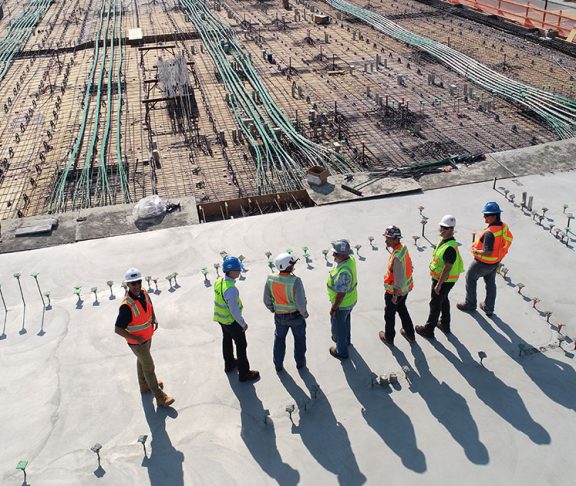
Greg Ugalde
Chairman, National Association of Home Builders
1. Builders across the country are hiring
Home builders across the country are seeking skilled workers—such as carpenters, framers and roofers—to help them build the American Dream. This means there is ample opportunity for motivated students seeking a rewarding career path.
In fact, the residential construction industry is one of the few sectors where demand for new workers is rising and there is a notable shortage of professionals. The number of open construction sector jobs increased to 382,000 in December 2018, according analysis of Bureau of Labor Statistics data by the National Association of Home Builders (NAHB).
2. Job satisfaction and competitive salaries
Residential construction workers consistently express high job satisfaction. And projections from all sources predict that construction jobs will see steady wage growth for at least the next five years.
3. A career ladder with no limit
When people think of professions with great opportunities for advancement, construction might not immediately come to mind. But you should take another look at what a career in construction can, and often does, look like.
From an entry-level labor position, a home building worker has the opportunity to learn more highly-skilled trades, serve as frontline management, grow into a company management role and eventually, for those with an entrepreneurial spirit, perhaps own their own home building firm. And this is just within one type of company; there is always the opportunity to take a job with a supplier, a specialty contractor or any other of dozens of supporting companies essential to the residential construction industry.
4. Diversity of skilled trades to consider
A home builder relies on a number of highly trained workers to get the job done. This includes dozens of skilled artisans and professionals, including carpenters, architects, engineers, plumbers, electricians, painters and landscapers. Analysis from NAHB shows that 70 percent of builders typically use between 11 and 30 subcontractors to build a single-family home. Indeed, there are many different trades you can pursue depending on your personal interests.
5. A rewarding career without college debt
At a time when countless college graduates are finding themselves underemployed and saddled with crushing student debt, it’s important to know that earning a college degree is not the only road to success. A vocational education is equally rewarding and can be obtained at a fraction of the cost.
HBI, a national leader in career training and NAHB’s workforce development arm, reaches more than 13,000 individuals every year through training programs and curriculum licensing. Through the recently launched Building Careers program, HBI uses its industry-recognized Pre-Apprenticeship Certificate Training curriculum to prepare high school students for careers in the building industry.

